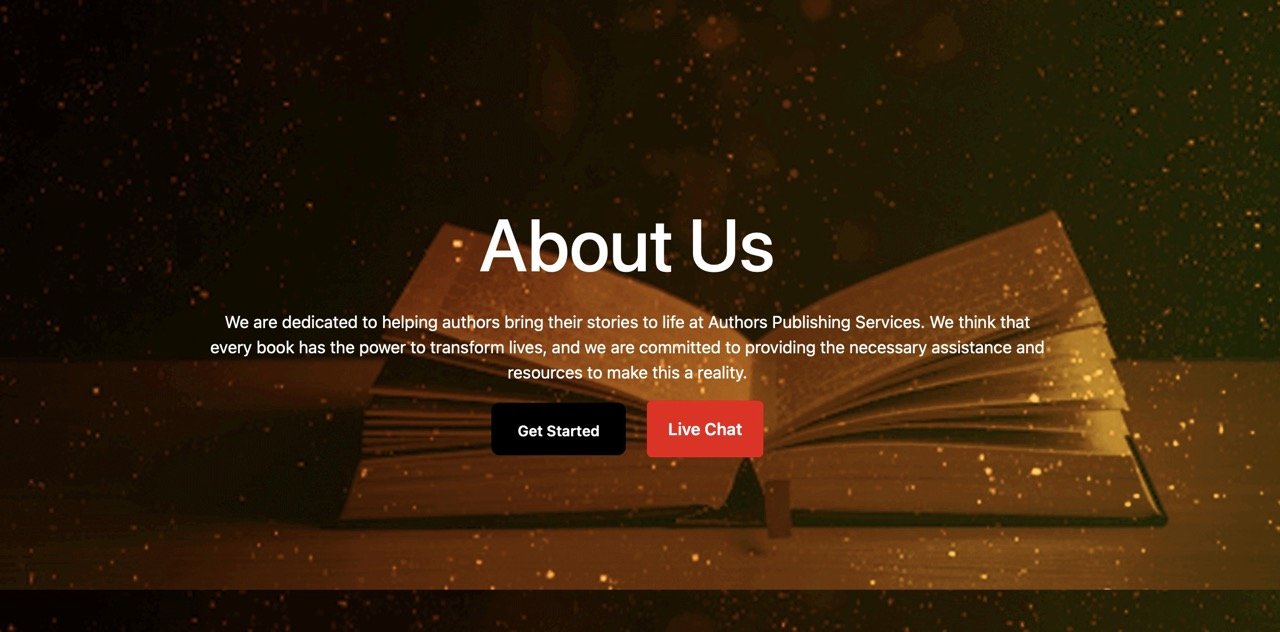Don’t Get Scammed. 9 Tips When Hiring A Designer.
I recently had an experience that reminded me of how important it is to build trust with, well, YOU.
We do so much business online these days—shopping, consultations, communication, banking—that we sometimes forget the web can also be a dangerous place full of scammers. Once we venture outside our usual circles (or take a dive into our spam folder), we can encounter these people all too easily.
I want to share my recent experience and offer some tips for how to protect yourself when you're working with someone over the internet.
Here’s What Happened
Some of you may know I'm getting more involved with print design and layout, having done the layout & design for the book Stress-Free Documentation for Mental Health Therapists by Dr. Maelisa McCaffrey (founder of My Digital Maven). I was having some color issues through IngramSpark that I didn't experience with Amazon KDP. While they both have different print requirements, I prepared the files for each platform accordingly, but the Ingram version was still off.
I made a post on LinkedIn and tagged some print design groups, hoping someone with experience could consult with me. One person replied who seemed to have the right expertise.
They were with a company called "Publish with Pros" supposedly out of Syracuse, NY. The person, "Derrick," seemed to totally understand my problem and knew exactly what to do about it. Over email, everything seemed fine, and we set up a consultation time.
During our call, several red flags appeared:
He spoke in very general terms
He didn't offer any specific guidance
He wanted more time to look at the file, despite having it for 24 hours already
Nevertheless, we agreed on a price, I paid him, and then he handed me off to a "project manager" who:
Asked for the file again
Clearly knew nothing about my issue
He later claimed they found a problem with the "alignment" of contents (which I knew was false)
When I challenged this, he said he would call me back the next day. In the meantime, I did some investigating:
The New York Secretary of State website had no record of a business called "Publish with Pros"
I called the building where they claimed to be located, and they had never heard of this company
Their IP address traced back to Karachi, Pakistan (both contacts had the same exact IP!)
So yeah, I was being scammed.
I immediately:
Demanded a refund
Initiated a chargeback on my card (because you know they’re not going to refund it)
Notified the FBI Internet Crime Complaint Center
Reported them to their domain provider
The "project manager" kept emailing me with "corrected" files (PDFs with random names) and repeatedly emphasized I needed to open and upload these files—which I absolutely refused to do, knowing they likely contained malware.
How Do YOU Know Who You're Working With?
There are LOTS of scammers out there—including companies claiming to design websites for suspiciously low prices. Here's how to protect yourself:
1. Look for transparency
Does the website identify who's behind the business? A name? A founder? Scammy sites often keep things vague and make it hard to know exactly who you're dealing with. They look polished and professional, which is precisely what makes you think they're legitimate.
Most scammy sites don’t bother to create a convincing company bio but keep things very general and non-specific. Note, this company is supposedly called “Publish with Pros” but keeps referring to “Author’s Publishing Services”.
2. Actually read the reviews
Scammers are often so lazy that their reviews don't even make sense. Look for oddly generic language, reviews that don't mention specific services, or testimonials that feel "off." Real reviews typically mention specific aspects of the service and contain details that would be hard to fake.
None of these people have books on Amazon. They would likely drop the name of their book—and the site would be proud to promote it.
3. Watch for exaggerated claims
If a company claims to be #1 for anything, it's suspect—especially a company you've never heard of. Legitimate businesses typically highlight their specific strengths and expertise rather than making sweeping, unverifiable claims.
4. Check the domain age
Use a tool like WhatsMy DNS Domain Age Checker to see how old a website domain is. Scammy sites usually aren't around for very long. If they claim to be "established" and "#1," but their site hasn't even been around for a year, I'd be leery of it.
5. Verify the business exists
Look up the business to see if it's legally registered. You can look up My Digital Maven on the Washington Secretary of State website here.
If there’s an address listed, you can check it out on Google Street View or Google Maps.
They listed their business on Google maps and claimed a business profile. However, they don’t have reviews turned on—for obvious reasons.
I called the ONLY tenant of this building, and they said the listing was fake.
If you want to make the world a better place, click “Suggest an Edit” then let Google know the business does not exist.
If there’s a number listed, see if the number they call from matches, In my case, the business was supposedly in New York, and the people I talked to had phone numbers with area codes out of California and Texas. Nothing made sense.
6. Request video consultations
While I prefer phone consults, I'm happy to do video calls if it helps put you at ease. Actually seeing the person on the other end can be reassuring.
7. Don’t pay up front.
It’s not common to pay completely up front. For most digital and design services, it’s common to put down a deposit to get the project going, then the remainder once the project is done. If they insist you pay the entire fee up front, walk away.
8. Know who you're dealing with throughout the process
My Digital Maven is a one-person show (at least for now!). When you schedule a consult, you'll be talking with me. You'll email directly with me, I'll work on your site, and I'll follow up with you personally. You won't get roped in by one person then handed off to another—you'll only deal with me.
9. For the tech-savvy: Track their email IP addresses
If you want to be EXTRA careful:
Find the full header on your email (the raw email data)
Paste this information into Gemini, CoPilot, Claude, ChatGPT —any AI of your choice—and ask, "What's the IP address of the person I'm emailing with?" This step is just to avoid having to sort through the header to find the IP address.
Take the IP address it provides and paste it into a geolocation service like iplocation.net
To check if the IP is a known VPN (which could be suspicious), use a service like IPQualityScore
So how did I fall for such an obvious scam?
First, I am an optimist and I trust people. I assume the best in everyone and that everyone operates in good faith. When these little “inconsistencies” pop up, I found a way to excuse it.
No New York number? Maybe he’s remote or just moved there. People move for work all the time!
Why don’t they want to email and want to keep getting me on the phone? Well I guess print is old school—maybe these are just old fashioned folks that want to form that “human connection”.
When I spoke with "Derrick" and later "Roy," I noticed a disconnect between their names and voices that raised my suspicions. I've observed that some scammers deliberately use very common, generic American-sounding names as part of their strategy. They're oddly formal about introducing themselves with both first and last names right away—"Derrick Jones" or "Roy Samuel"—whereas most real professionals in casual business interactions tend to just use their first names until a formal introduction is necessary.
It's not about accents—many legitimate professionals speak with various accents—but rather about the pattern of inconsistencies. The overly formal use of full names combined with other elements that don't align is often a deliberate tactic to appear credible and trustworthy. This mismatch between presented identity and reality is worth noting as a potential warning sign, especially when combined with other red flags.
Trust Matters
This experience has made me truly appreciate the trust all my wonderful clients place in me and it’s not something that I take for granted. I treasure that trust and always do my best to maintain it—and to earn it from new clients. In my situation, this was book formatting, but sites like this are all over the internet for website design—and often dirt cheap. In fact, this company has a sister-site that does web design. It’s worth spending a little more to know you’re working with someone you can trust.
Scammers are out there, so make sure you’re working with someone you can trust.
If you're looking to update your therapist website or create a brand new one, make sure you're working with someone you can trust. If you'd like to discuss a project you have in mind, click the button below and book a consultation.






